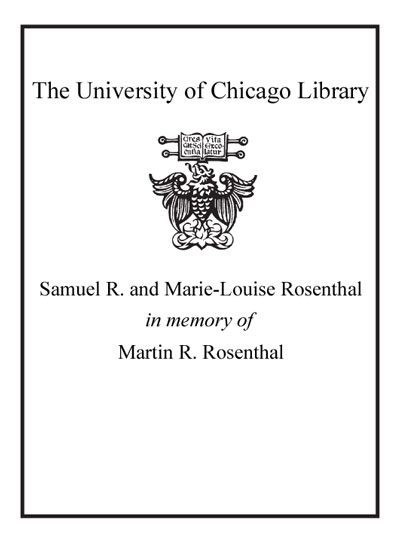A guide to trance land : a practical handbook of Ericksonian and solution-oriented hypnosis /
Saved in:
| Author / Creator: | O'Hanlon, Bill. 1952- |
|---|---|
| Edition: | 1st ed. |
| Imprint: | New York : W.W. Norton & Co., c2009. |
| Description: | xviii, 106 p. : ill. ; 23 cm. |
| Language: | English |
| Subject: | |
| Format: | Print Book |
| URL for this record: | http://pi.lib.uchicago.edu/1001/cat/bib/7729392 |
Table of Contents:
- Acknowledgments
- Preface
- Introduction to Solution-Oriented or Ericksonian Hypnosis
- Elements of Solution-Oriented Induction
- 1. Permission
- 1.1. Accept, Normalize, Reassure, and Validate Whatever the Person Presents
- 1.2. Give Permission To
- 1.3. Give Permission Not to Have To
- 1.4. Note and Include Any Distractions, Difficulties, Negativity, or Resistance
- 1.5. Use Possibility Words and Phrases (Rather Than Mind Reading or Prediction Language)
- 1.6. Give Multiple Possibilities for Responding
- 2. Presupposition
- 2.1. Before
- 2.2. After
- 2.3. Rate
- 2.4. Timing
- 2.5. Depth
- 2.6. Means, Pathways, or Method
- 2.7. Awareness
- 2.8. Verb Tenses
- 3. Splitting
- 3.1. Make Distinctions
- 3.2. Split Something Previously Considered One Thing into Two or More Parts
- 3.3. Make the Split Nonverbally as Well as Verbally
- 4. Linking
- 4.1. Join Things Together Verbally
- 4.2. Link Something in Your Behavior or Speaking to Something the Person is Doing
- 5. Interspersal
- 5.1. Emphasizing Through Voice Volume
- 5.2. Emphasizing Through Voice Location
- 6. Introduction to the Other Elements
- 6.1. Description
- 6.2. Truisms
- 6.3. Matching
- 6.4. Guiding Attention and Associations
- 6.5. The Confusion Technique
- The Culture and Territory of Trance Land
- 7. The Language of Trance
- 7.1. Use Passive Language
- 8. Everything You Always Wanted to Know About the Nature of Hypnosis But Were Too Deeply in Trance to Ask
- 8.1. Common Trance Indicators
- 8.2. Four Doorways Into Altered States
- 8.3. Why Use Trance?
- 8.4. When to Use Hypnosis
- 8.5. Trance Phenomena
- 8.6. Methods for Evoking Trance Phenomena
- 9. The $64,000 Question: What Do You Do Once the Person is in Trance to Get the Clinical Result?
- 9.1. Goals of Traditional Versus Solution-Oriented Hypnosis
- 9.2. Class of Problems and Class of Solutions Model
- 9.3. To Trust Your Unconscious or Not; That Is the Question
- 9.4. How to Use This Knowledge to Do Hypnotherapy
- 9.5. Stories in Trance Work
- 10. Inclusion as Intervention
- 10.1. Permission
- 10.2. Inclusion of Opposites
- 10.3. Identifying Injunctions That Could Yield to Inclusion
- 11. The Hitchhiker's Guide to Solution-Oriented Hypnosis
- 12. Bad Trance/Good Trance
- Bad Trance/Good Trance Bibliography
- 13. The Process of Ericksonian Hypnotherapy
- Envoi: Leaving Trance Land
- Ericksonian Bibliography

